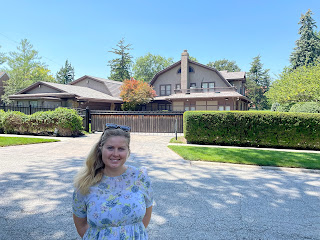How To Boost Portfolio Returns
But getting familiarized with taxes when it comes to investing, is key. The reason why you don’t have it on your radar might be when you sell a stock and get the payout of your investment you don’t immediately see the cut that the tax man takes. But look at this visualization below - knowing how to minimize taxes are key to maximize your return.
 |
| Click on the image to zoom |
The example above is from the USA and the American capital gains tax - if you’re from ex. Denmark there are other rules and they’re pretty simple: you pay 27% capital gains tax for gains below DKK57,200 and if your annual gains are above, you pay 42%. Other countries in the world have no capital gains tax on stocks.
I will continue to describe the American system because a majority of readers here are from the USA according to my Google Analytics data.
As an US-based stock trader you pay a high capital gains tax if you hold your stock for a year or less. However, if you’re patient and wait and sell after a year the long-term capital gains tax is lower.
In the USA the tax system rewards people that are investing for the long run and heavily taxes people that are trying to get rich quickly by trading short term.
Trader vs. Investor
The short-term capital gains tax for a Business Professional (many of my students are business professionals) is 24% - assuming an average salary of $ 92,153 for millennial Business Professionals according to glassdoor.com. The long-term capital gains tax is 15% for this person.
Let’s illustrate with some examples. A business professional has $50,000 to invest. In the short-term scenario they invest the 50.000 and sell at a 10% return within a year and pay the 24% tax on the gains. After 10 years selling every year, the trader has $63,383 in their pocket from the original 50K investment.
Let me tell you - though you might have to do some hours of studying to find a quality business, as we do as value investors, I’d much rather do that than having to trade every day. Some people love the thrill of trading. Not me - I like to be lazy bordering on sloth. Set and forget.
Thank you to newsletter subscriber Mr. Neag for emailing me with this topic suggestion. If you want to subscribe too and get weekly investing articles just click this link.






Comments
Post a Comment